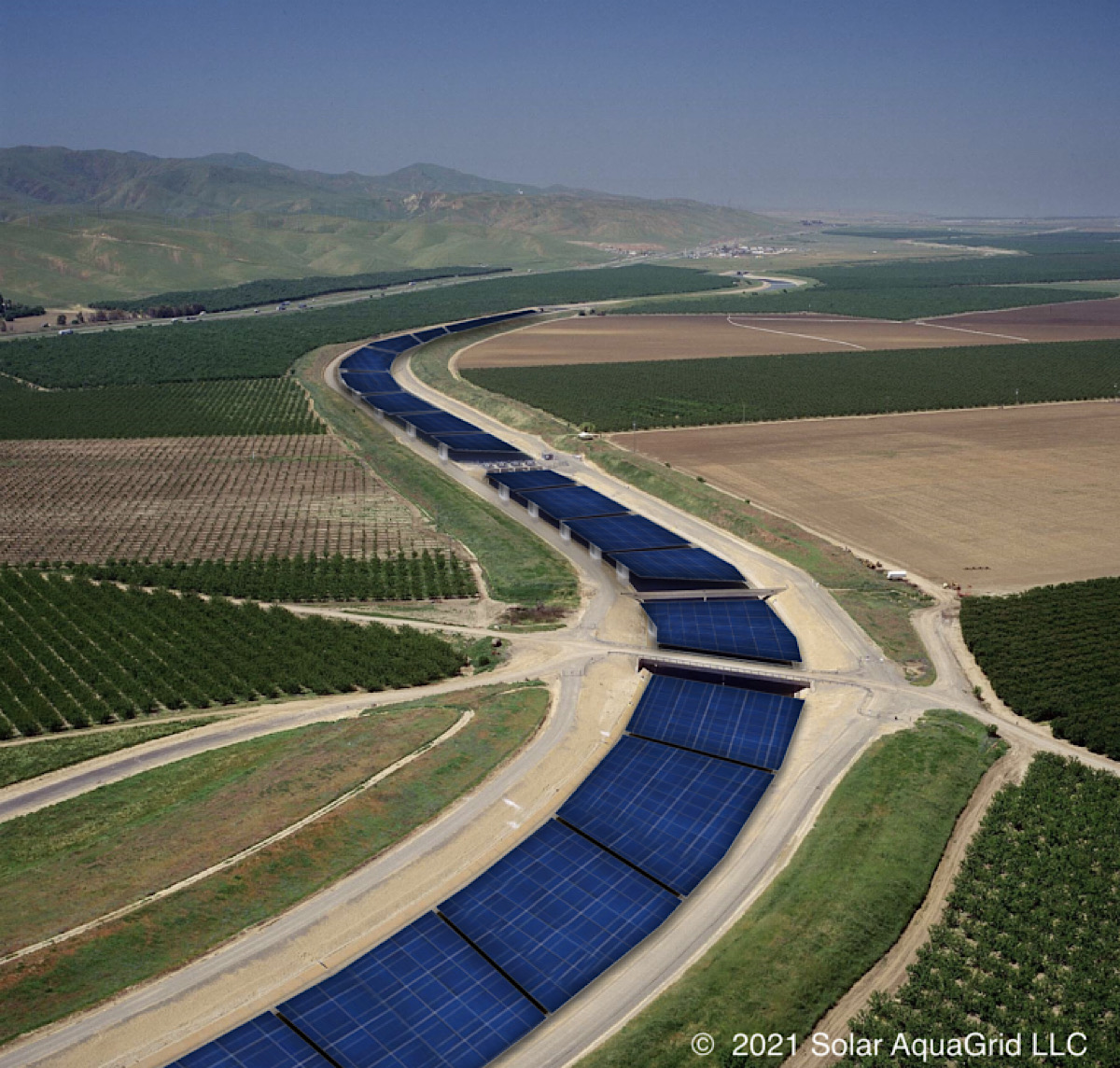Venice-based startup 9Tech has developed a highly efficient method for recycling solar panels, enabling the recovery of up to 99% of components. This innovative approach is significantly cleaner and greener than conventional recycling methods, as it avoids the release of toxic fumes.
As the global push for cleaner energy sources intensifies, it is estimated that 400 gigawatts of solar power are being added to the grid annually, a figure expected to more than quadruple by the decade’s end. While this growth is positive, environmentalists are concerned about the waste generated when solar panels reach the end of their lifespan. Built to withstand weather events for over 30 years, solar panels are tough and challenging to dismantle, making recycling or component recovery particularly difficult and reliant on harsh chemicals.
Continue reading… “Venice-Based 9Tech Revolutionizes Solar Panel Recycling with Eco-Friendly Method”












